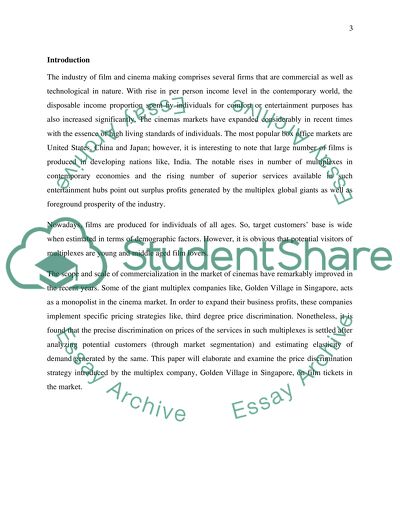Cite this document
(“Price Discrimination in Cinema Market Research Paper”, n.d.)
Price Discrimination in Cinema Market Research Paper. Retrieved from https://studentshare.org/macro-microeconomics/1631587-price-discrimination-in-cinema-market
Price Discrimination in Cinema Market Research Paper. Retrieved from https://studentshare.org/macro-microeconomics/1631587-price-discrimination-in-cinema-market
(Price Discrimination in Cinema Market Research Paper)
Price Discrimination in Cinema Market Research Paper. https://studentshare.org/macro-microeconomics/1631587-price-discrimination-in-cinema-market.
Price Discrimination in Cinema Market Research Paper. https://studentshare.org/macro-microeconomics/1631587-price-discrimination-in-cinema-market.
“Price Discrimination in Cinema Market Research Paper”, n.d. https://studentshare.org/macro-microeconomics/1631587-price-discrimination-in-cinema-market.


